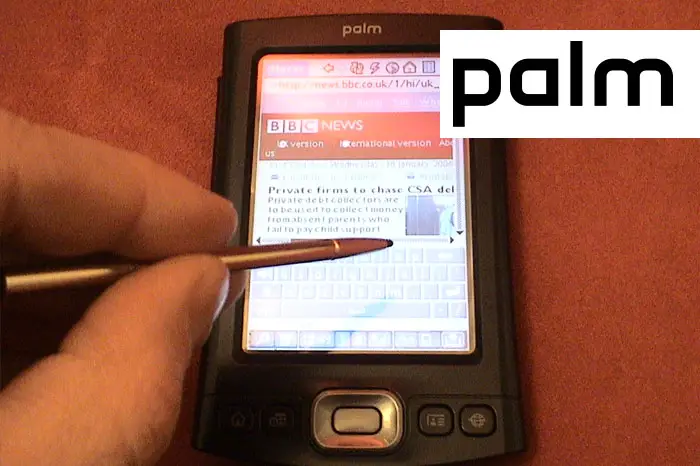
Pilot was the name of the first generation of personal digital assistants manufactured by Palm Computing in 1996.
The first two generations of PDAs from Palm were referred to as . Due to a trademark infringement lawsuit brought by the Pilot Pen Corporation, since 1998 handheld devices from Palm have been known as Palm Connected Organizers or more commonly as “Palms”. “PalmPilot” has entered the vernacular as a synonym for PDAs, regardless of the brand.
The inventors of the Pilot were Jeff Hawkins, Donna Dubinsky, and Ed Colligan, who founded Palm Computing. The original purpose of this company was to create handwriting recognition software for other devices, named Graffiti, but their research convinced them they could create better hardware as well. Before starting development of the Pilot, Hawkins is said to have carried a block of wood, the size of the potential pilot, in his pocket for a week. Palm was widely perceived to have benefited from the notable if ill-fated earlier attempts to create a popular handheld computing platform by Go Corporation and Apple Computer.
The first Palms, Pilot 1000 and Pilot 5000, had no infrared port, backlight, or flash memory, but did have a serial communications port. Their RAM size was 128 kB and 512 kB respectively, and they used version 1 of Palm OS. Later, it became possible to upgrade the Pilot 1000 or 5000’s internals to up to 1 MB of internal RAM. This was done with the purchase of an upgrade module sold by Palm, and the replacement of some internal hardware components. Originally, it was conceived that all Palm PDAs were to be hardware-upgradeable to an extent, but ultimately, this capability gave way to external memory slots and firmware-upgradeable flash memory after the Palm III series.


